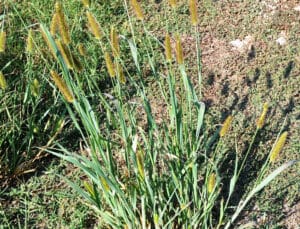Lagerstroemia indica x fauriei ‘Pocomoke’
Description
Imagine the beauty of your favorite Crape Myrtle in a manageable dwarf size – with the Pocomoke Crape Myrtle, you’ll get bunches of rosy pink florals in a unique, smaller silhouette. And the numerous blooms are contrasted perfectly by its rich, dark green foliage that transitions to a bronzy-red hue in the fall.
So, you get the promise of month-to-month visual interest. Plus, not only is the Pocomoke great-looking, but it’s also versatile since it can be planted as a focal point accent, container plant or mass border along fences and streets. You’ll get everything you love in a Crape Myrtle in a size well-suited for any area…even in smaller, tight spaces. And it’s especially attractive because it’s cold hardier than other varieties, pet-friendly and easy to maintain.
Even better? It’s cold hardy all the way down to 0 degrees. Forget excessive pruning to prevent your Crape from dying back…the Pocomoke thrives in frigid temperatures without any hassle on your part.
Planting
Start by choosing an area with well-drained soil and plenty of sun – about 6 to 8 hours of sunlight per day. Once you’ve chosen your location, dig a hole approximately 2 times the width of your plant’s root ball. Place your Pocomoke, backfill its soil and then water to settle the roots.
Watering
Water your Pocomoke regularly, about once or twice a week during the first growing season. But if you’re not sure when to water, simply check the surrounding soil about 2 to 3 inches down – if it’s dry, it’s time to water.
Fertilizing
Feed your Crape with a general-purpose fertilizer during spring, before new growth begins.
Pruning
Prune your plant for shaping purposes during late winter or early spring.
| Growing Information | |
| Mature Height: | 3-5 ft |
| Mature Width: | 4-5 ft |
| Sunlight: | Full Sun |
| Bloom Time: | |
| Growth Rate: | Moderate |
| Grows Well in Zones: | 6-9 |
| Your Growing Zone: | 6 |





